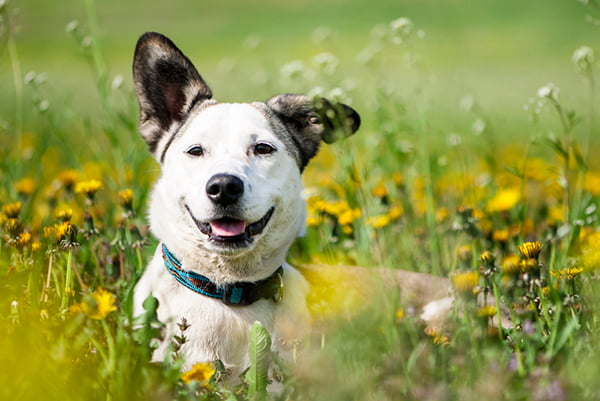Here are some signs that may indicate it’s time for pet dental care in Milford. Does your cat have bad breath? Are your dog’s teeth yellow? When tartar and plaque build-up on your animals’ teeth, it can lead to gum disease and other negative health consequences. Therefore, it’s important to bring your pet in for regular dental checkups and yearly wellness exams. Book an appointment with our veterinarian in Milford to help ensure a long, healthy life for your pet.
Common Signs of Pet Gum Disease
Are you wondering what to expect during a pet dental exam? Here are some of the things we diagnose and treat after examining your dog or cat’s teeth and gums:
- Chronic bad breath
- Swollen gums
- Loss of appetite
- Discolored teeth
- Mouth sensitivity
- Broken or loose teeth

If you notice any of these symptoms prior to your visit, please let our staff know. This will help us provide the fastest, most comprehensive care for your best friend.
Does Pet Dentistry Require Anesthesia?
When people go to the dentist, they understand that the dentist is doing whatever they can to protect their oral health. Pets don’t have this understanding and can become quite upset during a dental examination. To reduce stress and ensure that your pet gets the oral care they need and deserve, we use anesthesia. It also helps avoid drama such as attempted escapes, biting, and other signs of distress.
With anesthesia, our dental veterinarian can properly clean your cat or dog’s teeth. Additionally, for x-rays and other images, your pet would need to lie perfectly still for extended periods, which is highly difficult to achieve.
After the procedure, your pet can go home. However, you’ll receive instructions on how to isolate them and help them work through their grogginess. Feel free to call our office at any time to better prepare for a pet dental exam.
How To Keep Your Pet’s Teeth Clean
Brushing your cat or dog’s teeth every day is the best way to prevent oral health issues. However, this may seem like an impossible task. If you have a kitten, you can get them used to having objects in their mouth. The same goes for puppies. You can use a piece of gauze or glove covered in toothpaste to perform the task. Remember that your pet will probably eat the toothpaste, so you want to choose a safe, nontoxic brand. You can also dip your finger in their favorite food to make the process more pleasant.
There are many dental kits for cats and dogs on the market. Choosing the right one might take some trial and error. However, there are important safety issues to keep in mind:
- Never clean your pet’s teeth with human toothpaste.
- Never use dental floss on cats or dogs. Dental floss poses a particular health threat to cats. When cats eat dental floss, it can cause havoc in their digestive tract, and it’s often difficult to remove.
- Consider buying a nontoxic chewable dental ring that helps keep your pet’s teeth clean.


